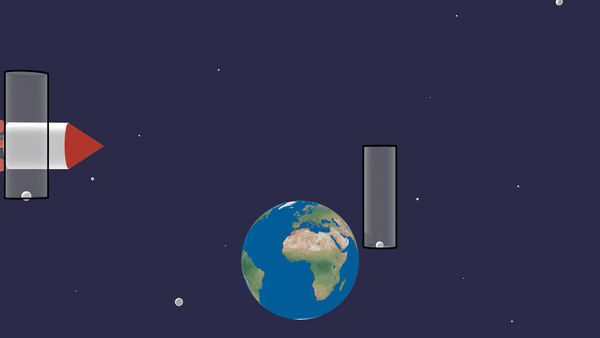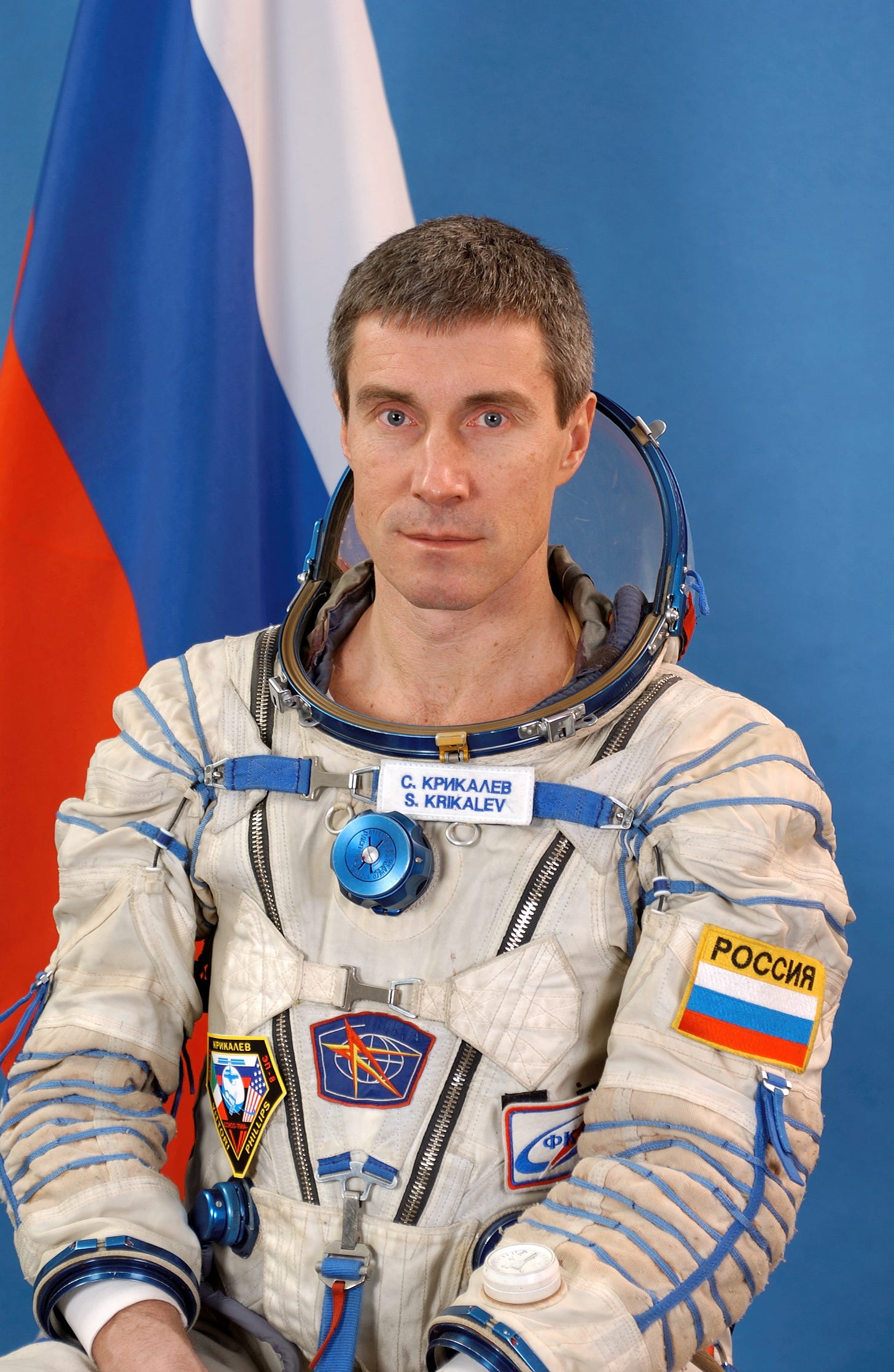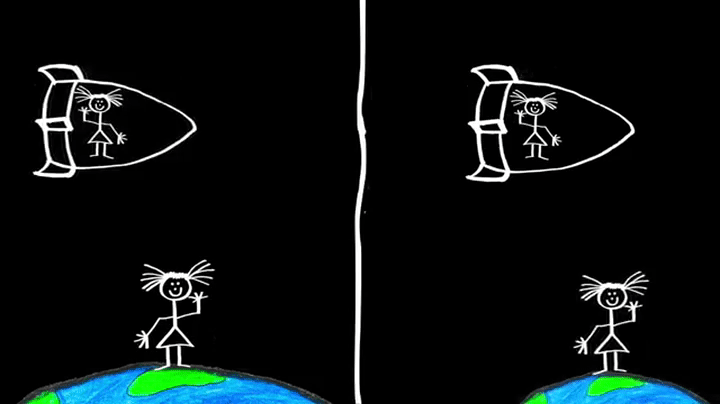Time is but a stubborn illusion. - Einstein, Genius
Greetings, fellow Bohron!

Special Relativity may look like a wild dream full of unimaginable fantasies, but it is very real. This theory completely transformed our notions of what time is and how it passes by. Time Dilation was one of the key plots in the Hollywood movies Interstellar and Planet of Apes.
Einstein's Thought Experiment
It all started in one of the tiring evenings of 1905 when Albert Einstien was on his way home by a tram car after his routine work as a clerk in a Swiss patent office. While he was passing by Zytlogge Clock Tower, he began to imagine what would happen if the tram car approached the speed of light. For him, the clock’s hands would appear to be completely frozen in time. But for someone back at the clock tower, the hands would function normally. For Einstein, time itself had slowed down.

Time dilation is the difference in the elapsed time as measured by two clocks due to relative velocity between them.
As we saw in the last issue, the fact that the speed of light is constant was established through the Michelson-Morley experiment. Since then, this inevitable truth has been verified by a countless number of experiments.
Time is Relative
Let us imagine a spacecraft moving near the speed of light. The spacecraft has a light clock that has two mirrors parallel to each other. There is a sensor attached to one of the mirrors which notes the reading when light bounces from one mirror to another. Let the distance between two mirrors be H.

Now for the people sitting in the spacecraft, the light travels only the distance H but for someone standing outside, the distance travelled by the light will be more than H as the motion of the rocket causes the photon to have an additional horizontal component. Let this distance be H + V.
We know that speed = distance\ time. For the speed of light to remain constant in both cases, the time must be distinct since the distances involved are also different. For the observer in the spacecraft(for whom distance travelled by light is H), time slows down to keep the speed constant. This phenomenon is known as time dilation.

But you need not be worried about the time dilation in your daily day-to-day life as this phenomenon is noticeable only if you are moving at a speed that is comparable to the speed of light.
Consequences
Muons are unstable elementary particles produced during the collisions of cosmic rays with the Earth’s atmosphere. Without relativistic effects, as observed in the laboratories, the rest life of muons is 2.2 microseconds. However, when travelling near the speed of light, they can live five times longer than their rest lifetime.

Russian cosmonaut Sergei Krikalev. Source The International Space Station(ISS) orbits the Earth at a speed of about 7.66 m/s. After spending six months aboard ISS, an astronaut would have aged about 0.005 seconds less than those on Earth. The cosmonauts Sergei Krikalav and Sergei Avdeyev both experienced time dilation of about 20 milliseconds compared to the time that passed on Earth.
Twin paradox
According to Isaac Newton, time was an absolute quantity and it would be the same for everyone in each part of the universe. But Einstien’s concept of Time dilation completely changed our notions. This concept given by Einstien gave a further rise to a paradox known as the Twin Paradox.

Let us take into consideration, two twin sisters, one of which decides to become an astronaut and the other one stays on Earth. The spacecraft of the astronaut twin moves near the speed of light. She makes a trip to some faraway location, turns back and then returns to Earth.
According to Einstein, time moves more slowly for someone who is in motion. So for the twin who stays back on Earth, the astronaut twin will be younger than her. However, from the perspective of the astronaut twin, the whole Earth is in motion and she is at rest. Therefore, her other twin would be younger than her. Either astronaut twin is younger or older than the other one. This is known as the twin paradox.
So what’s the solution? Both of them can’t be simultaneously in each state at the same time i.e in the superposition state. This isn’t quantum mechanics.

The answer to this question lies in its details. When the astronaut twin turns around, she changes her direction of motion and hence enters a different reference frame. So she experiences an acceleration whereas the other twin doesn’t. Hence we can argue that the astronomer twin is the one moving and after the trip, she would be the younger twin.
Such mind-boggling notions of special relativity simply prove that no matter how absurd our view of the universe may be, it isn’t under any obligation to make sense to us. In the next issue, we will discuss an equally staggering consequence of relativity, the one which changed the world politically as much as it did scientifically.



Beautiful
Really very beautifully written 👍🏻👍🏻 very knowledgeable ✌🏻